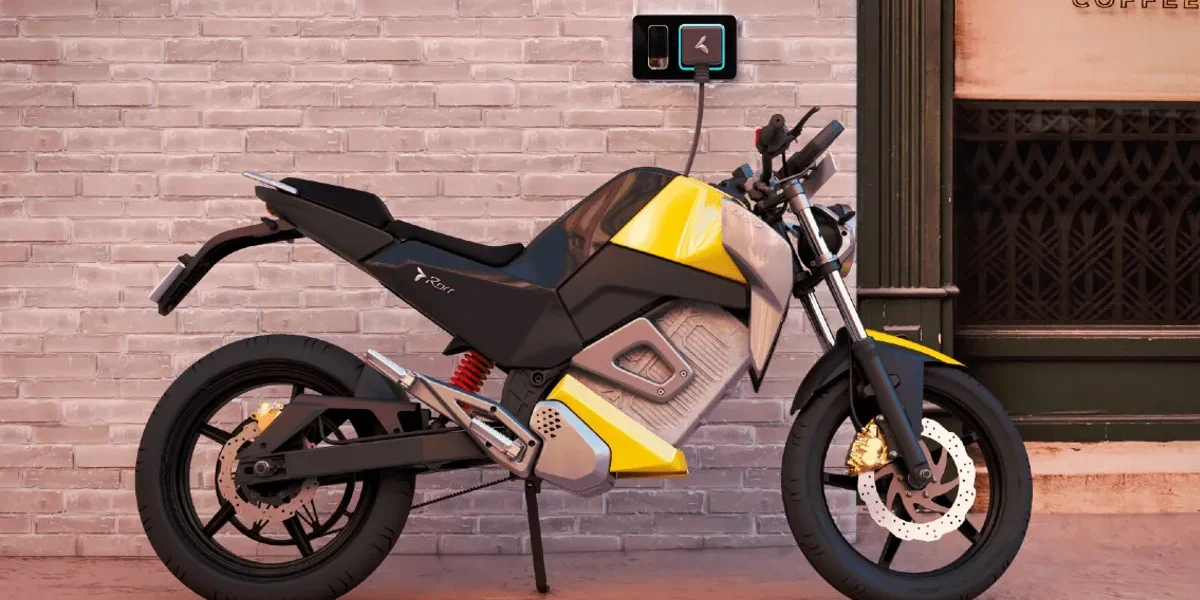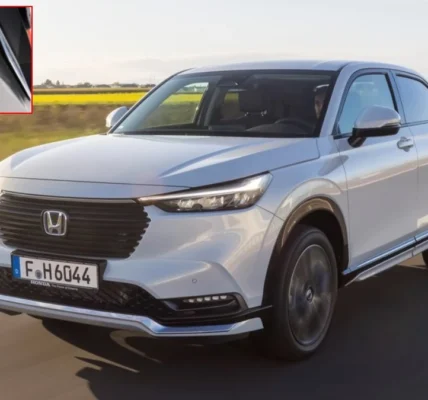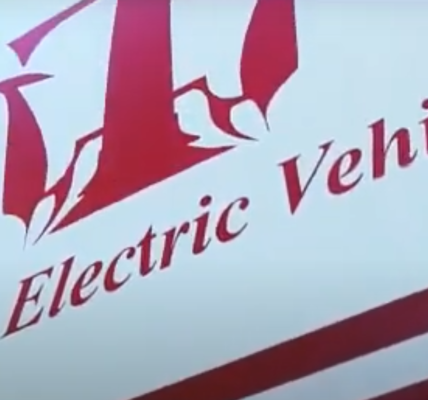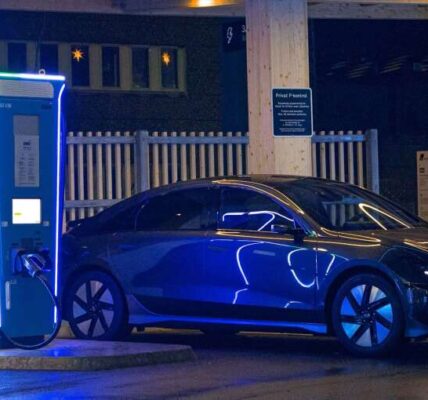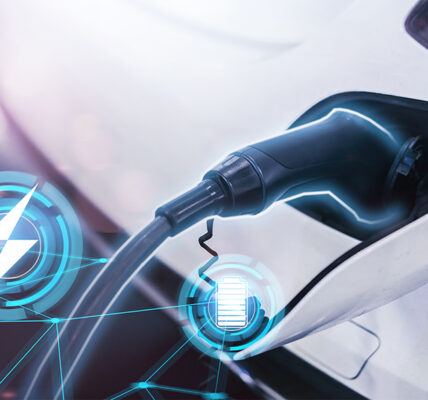India’s electric two-wheeler market is steadily growing. From 4.05% in 2022, the adoption rate of these vehicles rose by a third this year to touch 5.63% in May, government data showed.
Goa, Kerala, Karnataka, and Maharashtra, along with six other states, have a higher electric two-wheeler adoption rate than the national average of 5.63%, data from Vahan, a central government portal for vehicle registration, showed.
The top four states leading the drive have breached the 10% penetration mark, rising from 1% in 2019. India wants EVs to constitute 80% of its two-wheelers on the road by 2030.
And central government subsidies aside, some states’ policies, too, are creating a favourable dynamic for the industry. These include tax benefits, efficient scrappage policies, low power tariffs, and expanding charging infrastructure.
The growth of the EV industry in India
Up to 392,681 of the 6.98 million two-wheelers sold in India this year till May 31 were electric. This might be a small number overall, but the growth it represents is remarkable.
In fiscal 2022-23, electric two-wheeler sales in India rose two-and-half folds to 846,976 units, the Society of Manufacturers of Electric Vehicles data showed. It stood at 327,900 units in 2021-22, according to the EV makers’ group.
A December 2022 report by Bain & Company stated that 2- and 3-wheeler segments will be the “vanguards for EV adoption, achieving 40-45% penetration by 2030.”
It cited several reasons for this: competitive ownership costs, adequacy of home charging, and EVs’ early adoption by delivery and logistics fleets.


